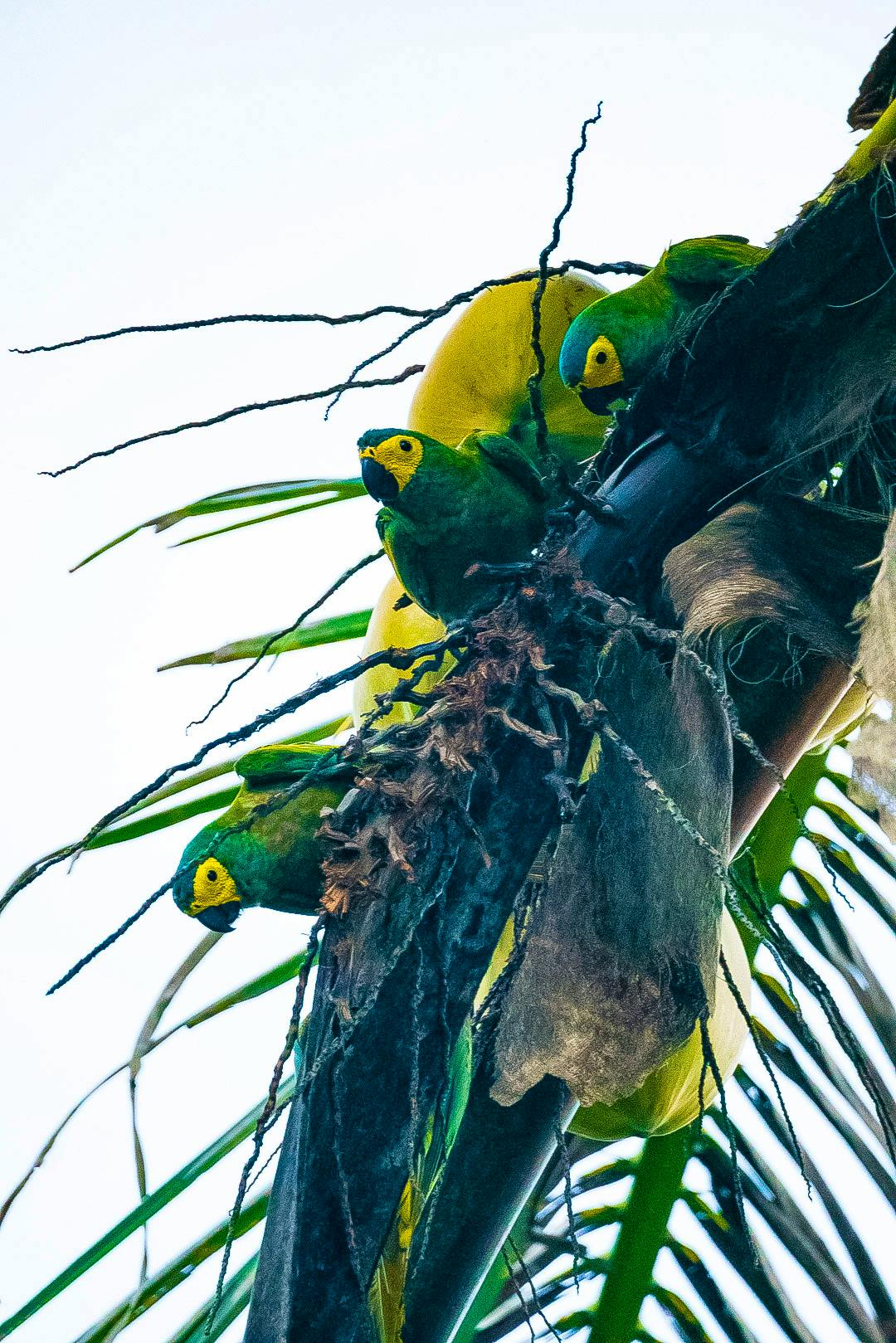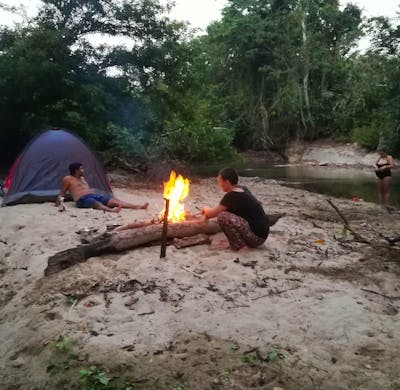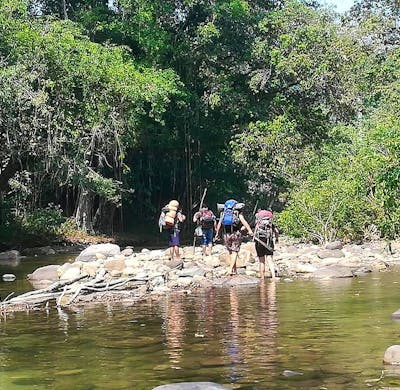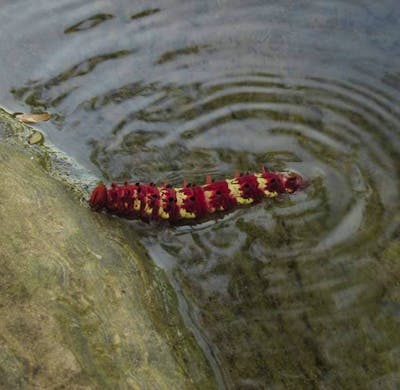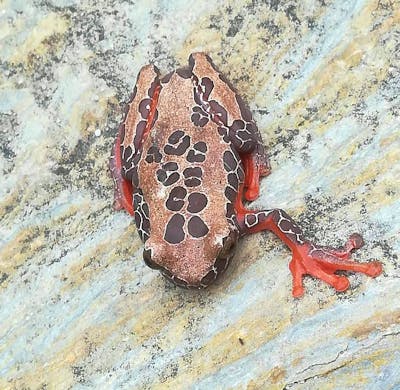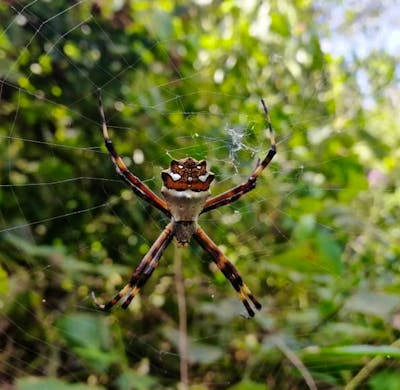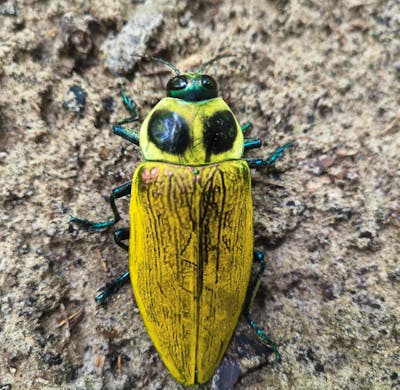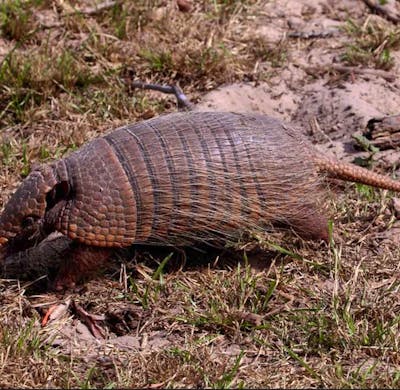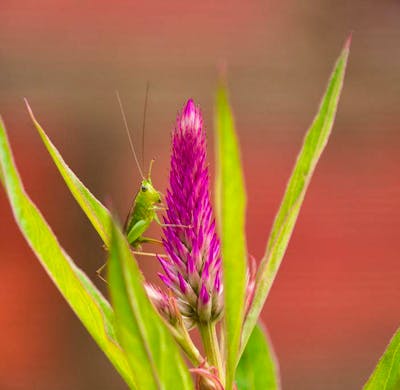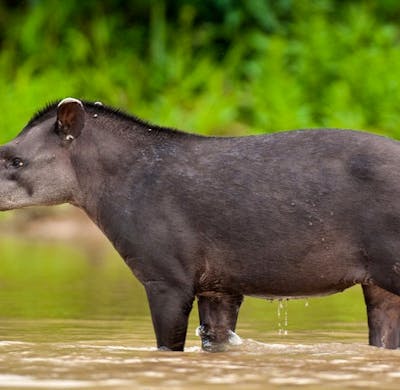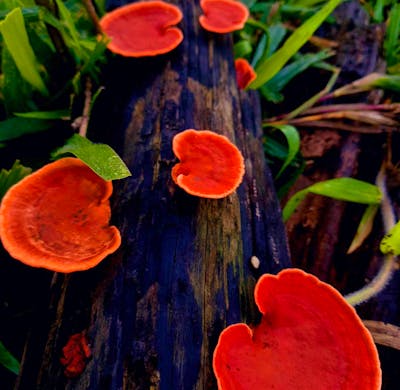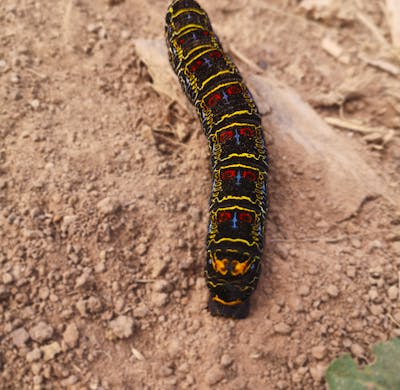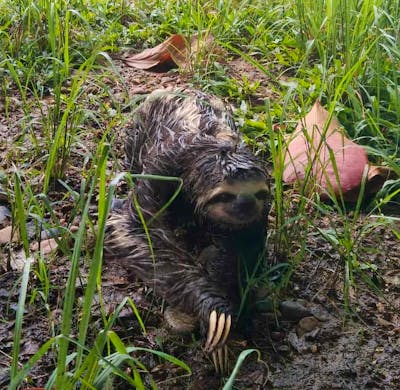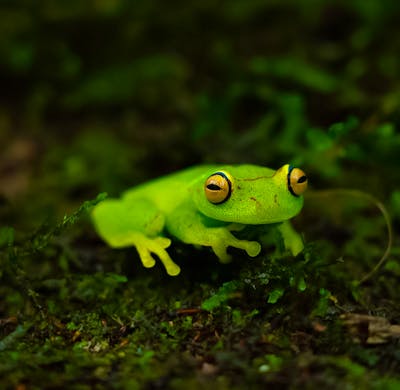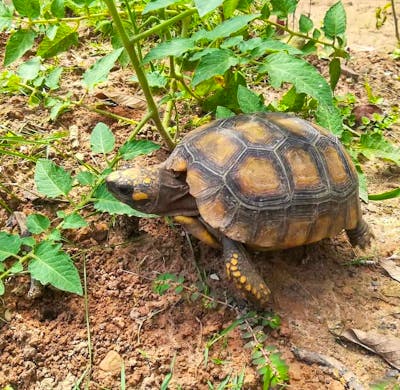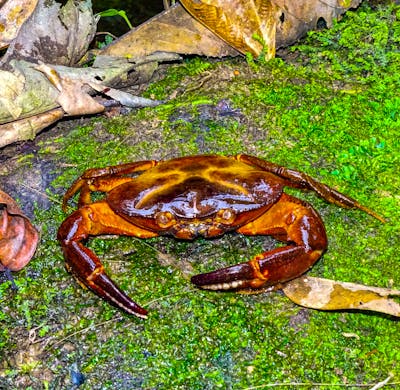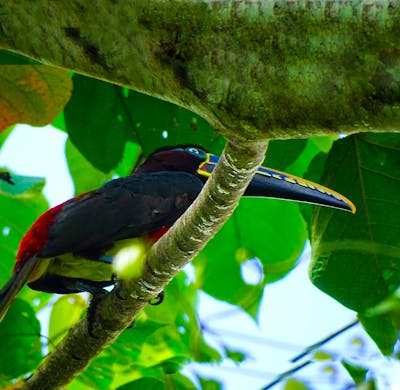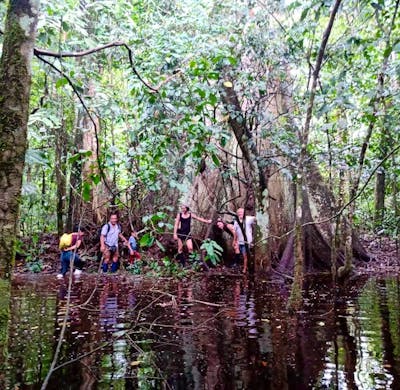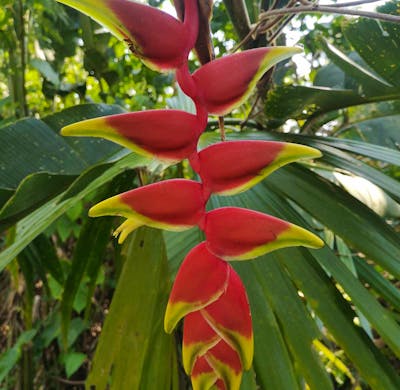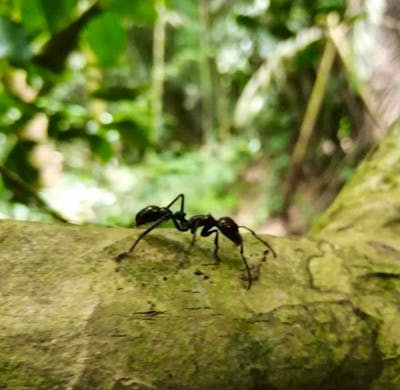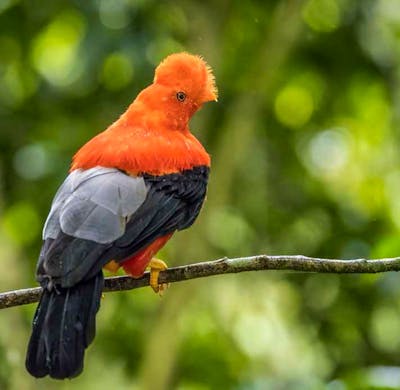from 1,372€
Wildlife Conservation/Amazon Rainforest/Internship

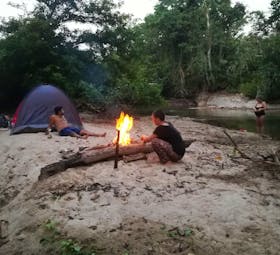
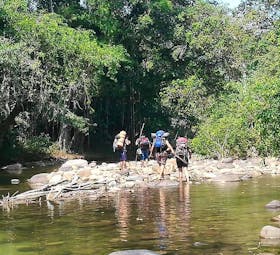
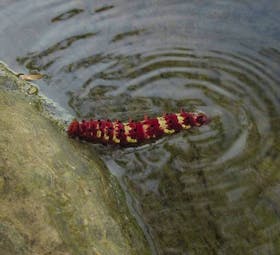
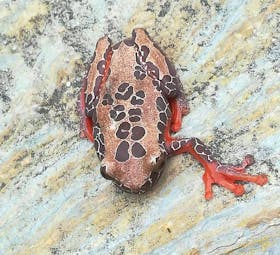
Highlights
- Explore the Amazon Rainforest with other volunteers/interns!
- Improve your Spanish skills with our 4 hours per week Spanish lessons!
- Learn how to make artisanal chocolate!
- Enjoy camping trips and the beautiful nature of the Amazon jungle!
- Visit Indigenous Communities, Boiling River, local plantations, crystal water streams and much more!
Especially suitable
About the program
El Sira Communal Reserve / Codo Del Pozuzo Natural Reserve are home to at least 300 bird species, 124 mammals and 140 reptiles identified to date.
People with special knowledge in the field of biology could help us by observing and documenting different species in this rural area of biodiversity. The idea of this project is to be able to document all kinds of possible biodiversity through photos and videos in order to develop different ...
Typical day
We will work on monitoring physical and biological variables and on the preservation of threatened species and protecting their ecosystems. The project will involve geographically locating different ecosystems and working on the accessibility, research and conservation of the area. There will be ...
Free-time activities
The
following activities for volunteers are included:
-Hiking at the Amazon rainforest - Swimming at local streams and rivers -Visit local plantations -Trek to local caves
-Camping in the rainforest, fishing, bonfire, exploring, documenting, etc. - Fishing at local stream with local fisherman using a ...
Requirements
What's Included
What's NOT included?
Details on arrival
Arrival & Orientation:
Our Personnel will meet volunteers/interns at David Abensur Rengifo airport or bus station in the city of Pucallpa and bring them to our village. This ride from Pucallpa to our village, takes approximately 5 hours. We recommend volunteers/interns to arrive on weekends (Friday, Saturday, or Sunday), so together we can explore the village and get to know some of our village attractions before starting volunteering on Monday.
Volunteer / Interns schedule:
Day One: Our local coordinator/staff will give volunteers/interns an orientation and will accompany them to their program. Volunteers/interns will be shown how to manage the commute (tuk tuks, walking, colectivos). Volunteers/interns will be introduced to the site director and discuss their role in the project.
Program fees
Meet your organization
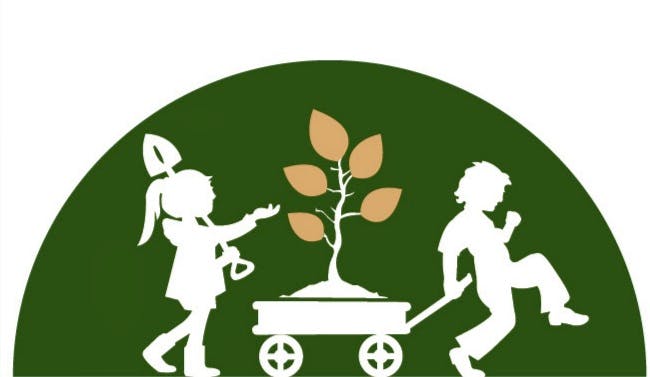
Semillas Life
Agency - founded in 2018
Verified by Volunteer World
Coordinated by
Christian
About the project
5 reviews ·  4.8
4.8
Location

You might also be interested in
-
Amazon Rainforest
Parrot
Spider Monkey
Bird Sanctuary
Dolphin Conservation
Jaguar Conservation
Manatee Conservation
Monkeys
Volunteer Trips for College Students
Voluntouring
Mission Trips
Best Volunteer Programs
Big Cats
Adults
Global Volunteer Opportunities
Wildlife Conservation in Peru
Couples
Group Volunteering
Projects Abroad
Whale and Dolphin
Marine Mammal
Marine Big 5
50 Plus Volunteering
Latin America
